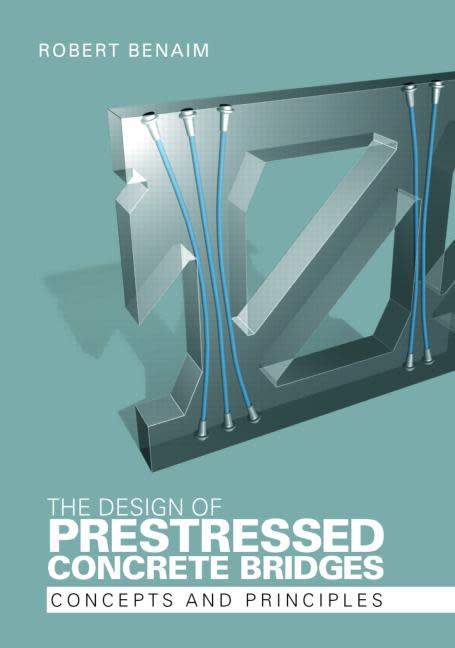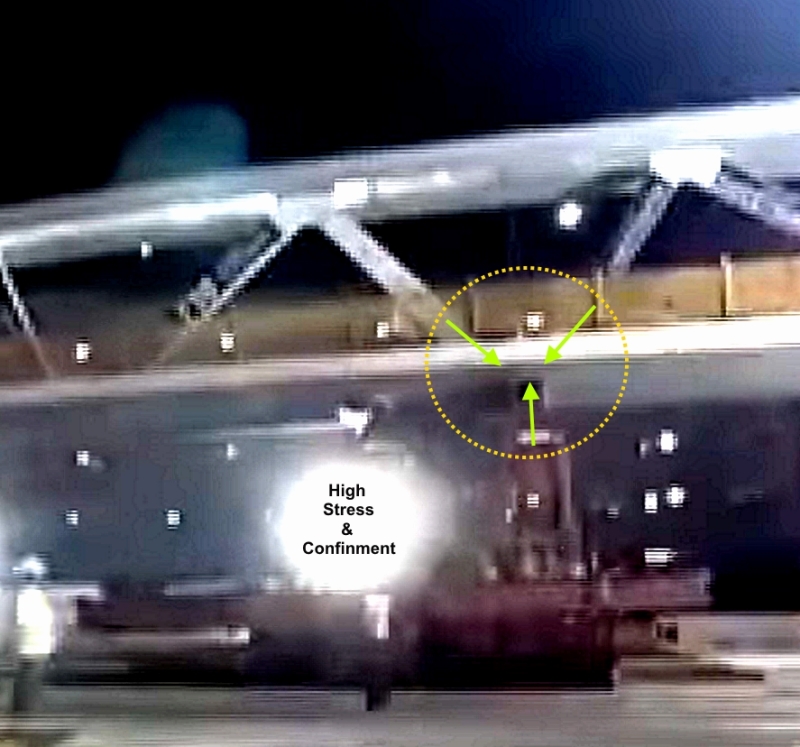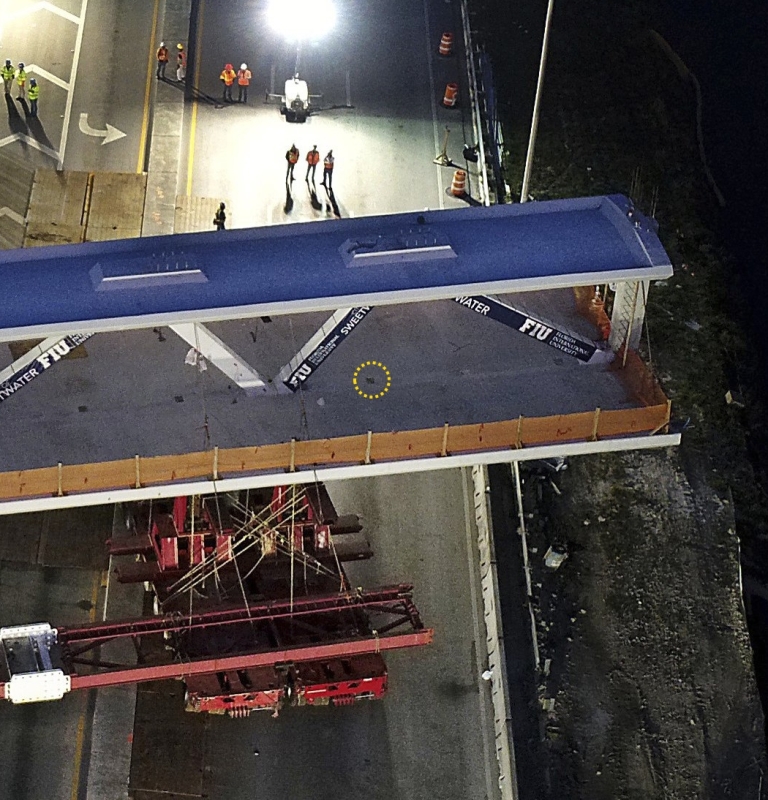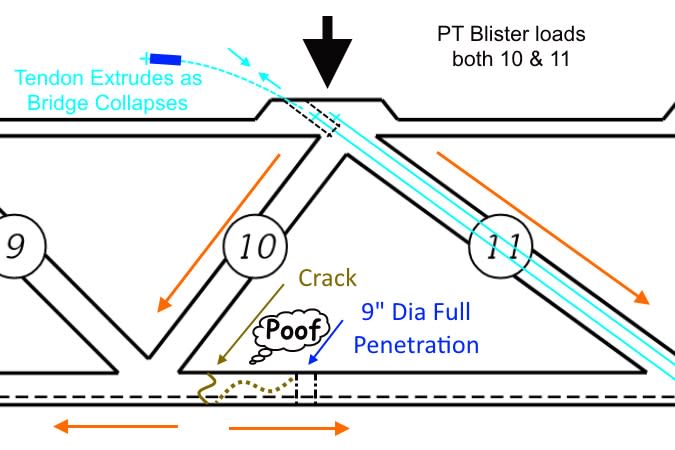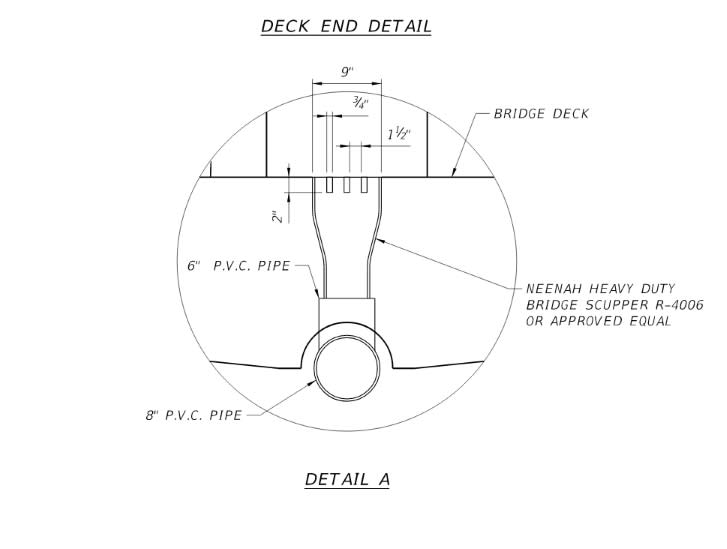waross
Electrical
- Jan 7, 2006
- 28,112
House mover: Here's a re-post of the video.
They have the ability to castor individually or be steered individually.
I doubt that the wheels would be dragging sideays.
Bill
--------------------
"Why not the best?"
Jimmy Carter
I can't see the position of the transporter wheels.hokie66 said:hokie66 (Structural)
16 Mar 18 01:03
An article from heavy.com...there is a time lapse of the bridge move. Hopefully, some video at the time of the collapse will turn up.
They have the ability to castor individually or be steered individually.
I doubt that the wheels would be dragging sideays.
Bill
--------------------
"Why not the best?"
Jimmy Carter

